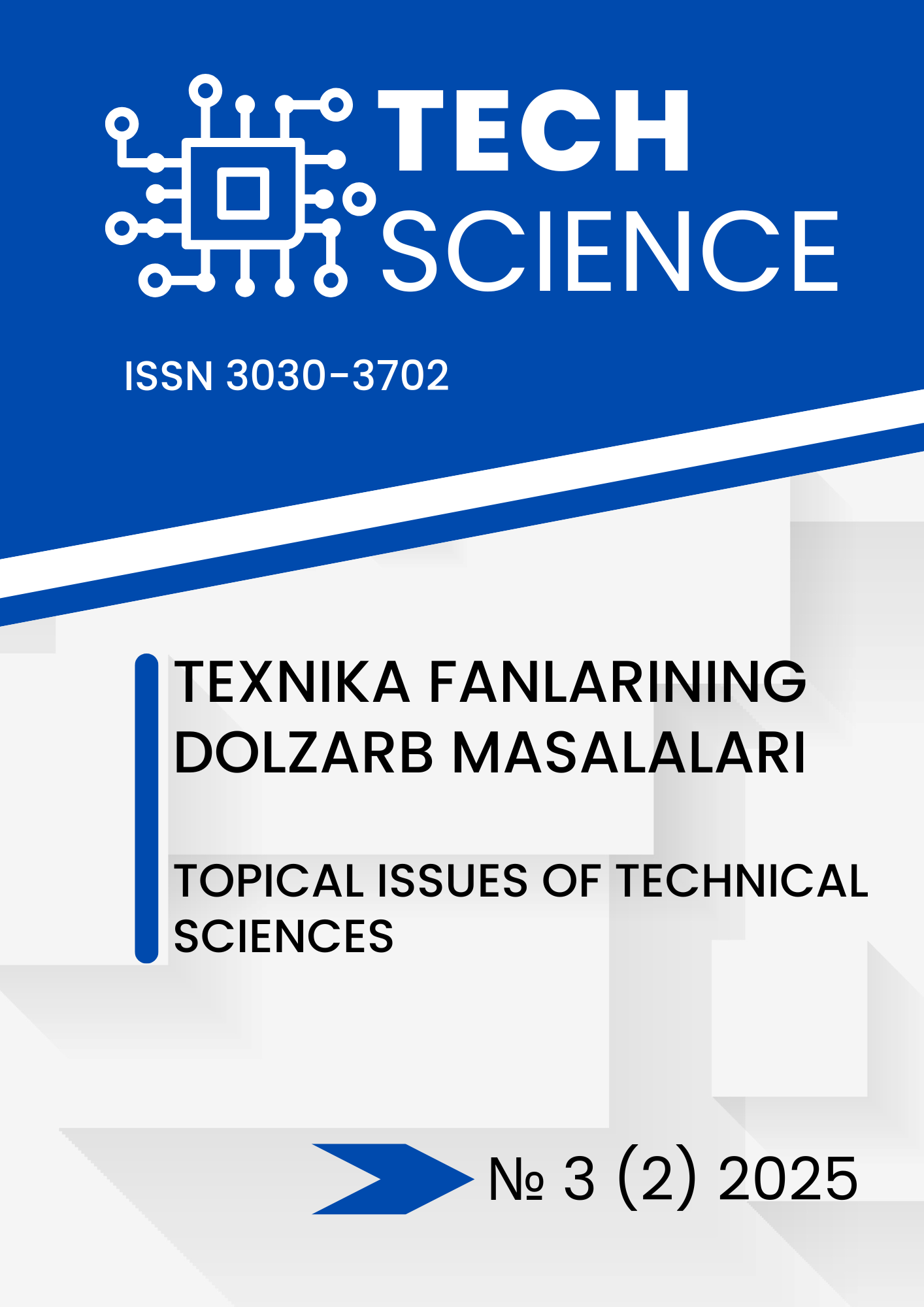APPLICATION OF BASALT FIBER IN AUTOMOTIVE PRIMERS: PROMISING RESEARCH AND FUTURE DIRECTIONS
DOI:
https://doi.org/10.47390/ts3030-3702v3i2y2025N06%20Keywords:
basalt fiber, automotive primers, mechanical strength, corrosion resistance, adhesion, surface modification, dispersion, polymer composites, environmental friendliness.Abstract
Basalt fiber is recognized as a promising reinforcing material for automotive primers due to its high mechanical strength, thermal and chemical resistance, environmental friendliness, and economic efficiency. This combination of properties allows it to be considered not only for enhancing mechanical strength but also as an environmentally compliant and economically viable solution. This work examines the significant properties of basalt fiber for automotive primers, methods of its incorporation into primer matrices (including surface modification and dispersion technologies), and the operational properties of such composite coatings based on existing scientific sources.
References
1. Ghosh, K., Kumar, A., Banerjee, S., Patro, U. S., & Gupta, M. (2019). Influence of Dispersion Methods on the Mechanical, Thermal and Rheological Properties of HTPB-based Nanocomposites: Possible Binders for Composite Propellants. Central European Journal of Energetic Materials, 16(2), 283-300. YOKI Sathish, T., et al. (2025, February).
2. Zhang, L., Wang, H., Zhang, X., Liu, Y., & Wang, K. (2018). Graphene oxide grafted basalt fiber via polydopamine for enhancing the mechanical and tribological properties of polyamide 6 composites. RSC advances, 8(10), 5106-5116.
3. YOKI Kim, H. J., et al. (2012). Study on an oxygen plasma treatment of a basalt fiber and its effect on the interlaminar fracture property of basalt/epoxy woven composites. Composites Part A: Applied Science and Manufacturing, 43(8), 1346-1352.
4. López-García, J., et al. (2021). Basalt fibre surface modification via plasma polymerization of tetravinylsilane/oxygen mixtures for improved interfacial adhesion with unsaturated polyester matrix. Materials, 14(16), 4567.
5. Liu, Y., Wang, Y., Yang, M., & Zhang, L. (2024). Effect of Silane Coupling Agent-Modified Basalt Microfiber on the Microstructure and Properties of Polyurethane Elastomer Composites. Polymers, 17(1), 61.
6. Jamali, M., Khosravi, H., & Eslami-Farsani, R. (2020). Enhanced flexural and tribological properties of basalt fiber-epoxy composite using nano-zirconia/graphene oxide hybrid system. Journal of Industrial Textiles, 51(2_suppl), 3239S-3261S.
7. Sapuan, S. M., Aulia, H. S., Ilyas, R. A., Atiqah, A., Dele-Afolabi, T. T., Nurazzi, M. N.,... & Atikah, M. S. N. (2020). Mechanical Properties of Longitudinal Basalt/Woven-Glass-Fiber-reinforced Unsaturated Polyester-Resin Hybrid Composites. Polymers, 12(10), 2211.
8. Matykiewicz, D., Barczewski, M., Mousa, M. S., Sanjay, M. R., & Siengchin, S. (2021). Impact Strength of Hybrid Epoxy–Basalt Composites Modified with Mineral and Natural Fillers. ChemEngineering, 5(3), 56.
9. Mohammed, A. A., Kadhim, M. M., & Hameed, A. K. (2025). Effects of pre-coating on wear performance of milled carbon fiber-filled basalt composites via laser texturing. Journal of Materials Research and Technology, 30, 143-155.
10. Fioravanzo, P., Lombillo, I., Lertxundi, E., & Aurrekoetxea, J. (2021). A review on basalt fiber and basalt fiber reinforced polymer. Journal of Cleaner Production, 282, 124505.
11. ASTM D1654-08(2016). Standard Test Method for Evaluation of Painted or Coated Specimens Subjected to Corrosive Environments.
12. ASTM D714-02(2017). Standard Test Method for Evaluating Degree of Blistering of Paints.
13. ISO 4892-3:2024 Plastics — Methods of exposure to laboratory light sources — Part 3: Fluorescent UV lamps.
14. ASTM G154-23. Standard Practice for Operating Fluorescent Ultraviolet (UV) Lamp Apparatus for Exposure of Nonmetallic Materials.








